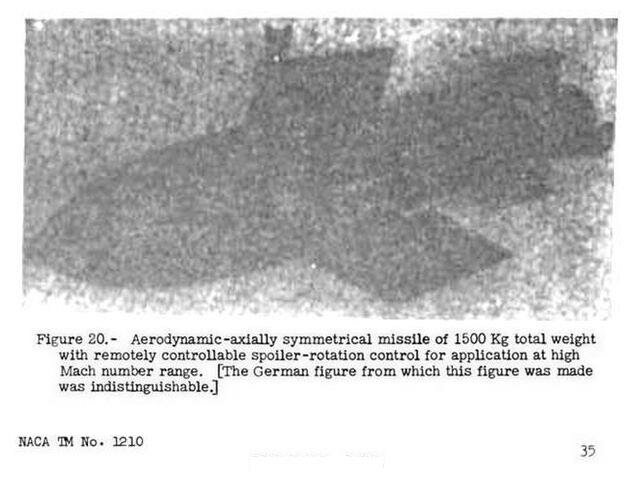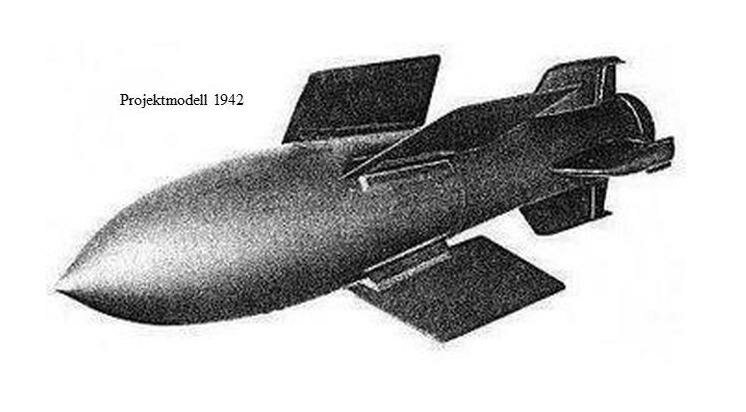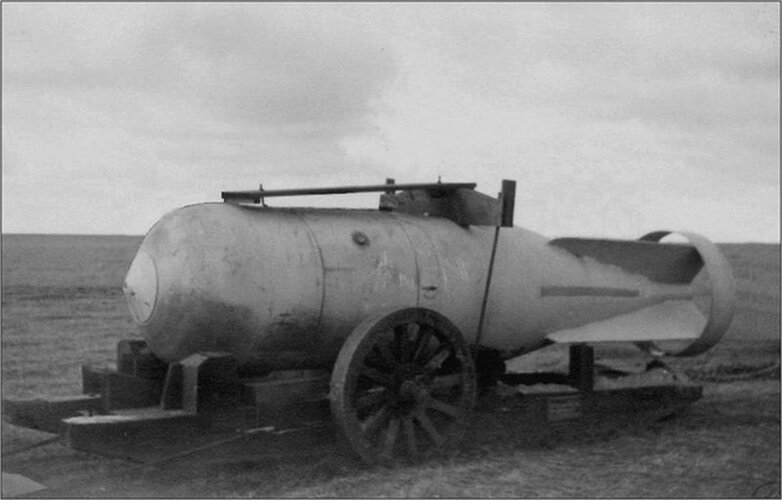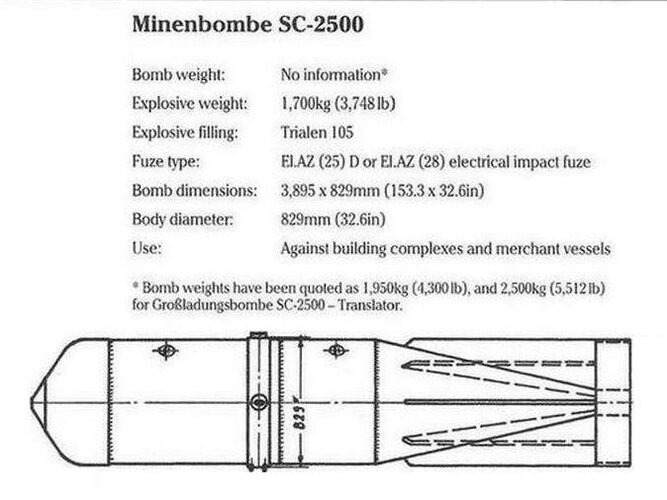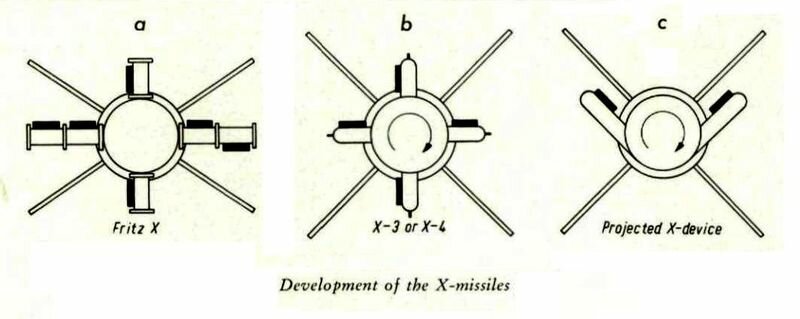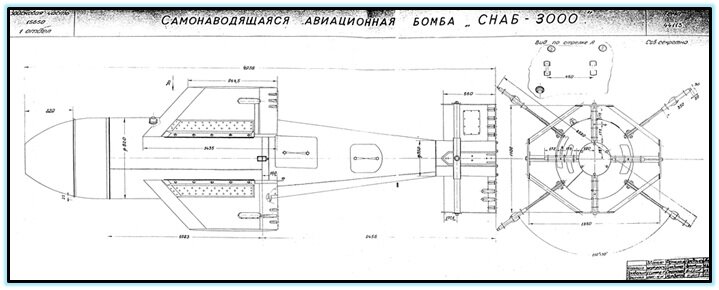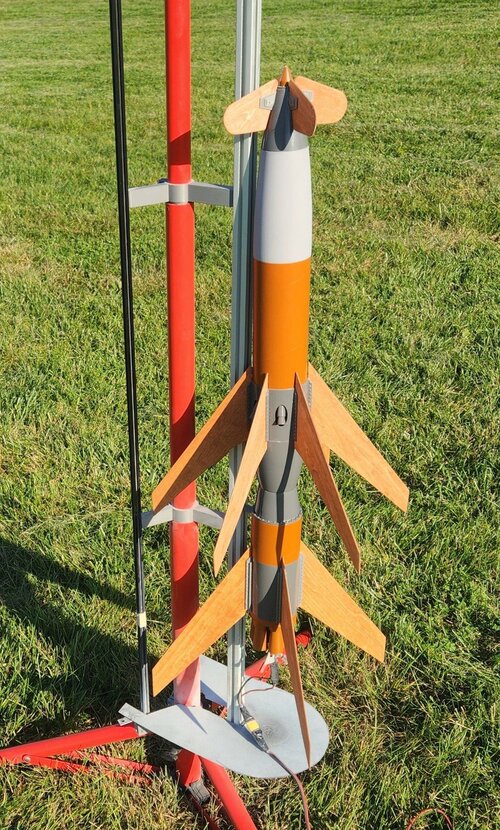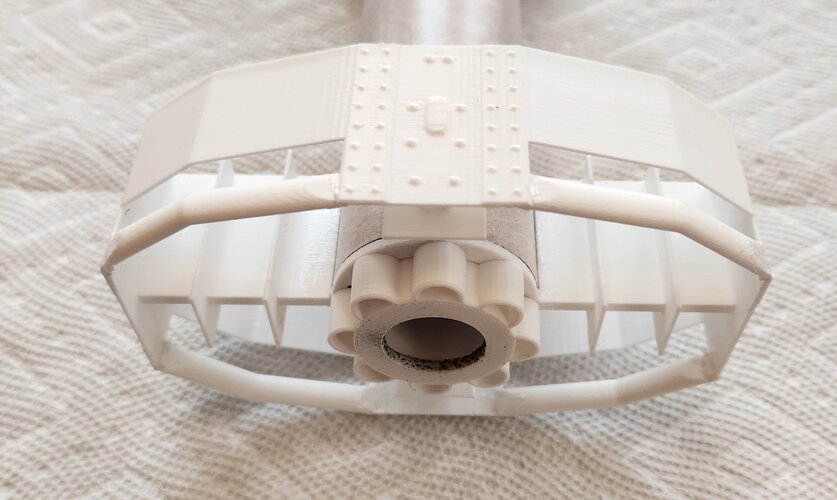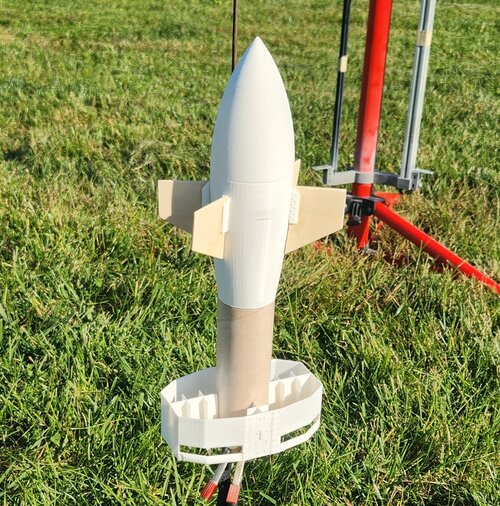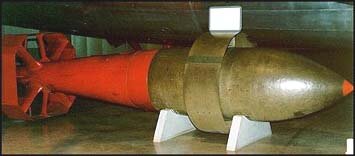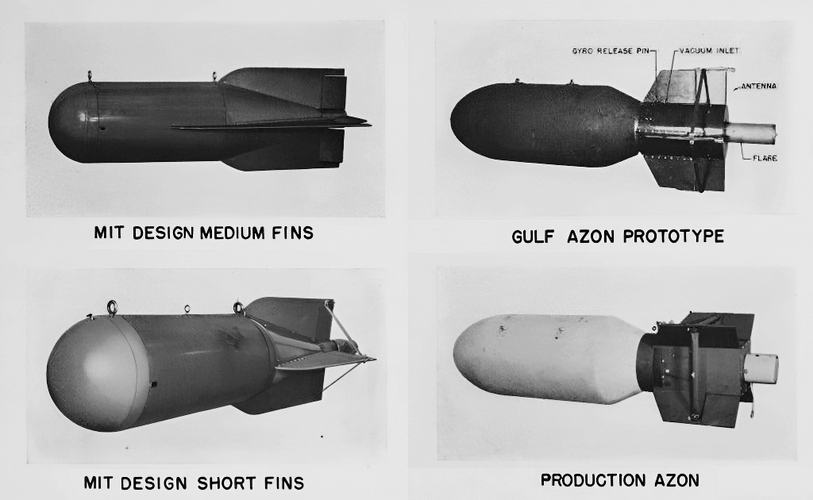klem
I really should change my personal text
- Joined
- 7 March 2015
- Messages
- 725
- Reaction score
- 1,630
Often one reads in books on the wunder waffen always the same thing otherwise reformulated with the same sources, on the web also the subjects are repeated tirelessly with the same pictures as for example any research on the web relating to the fritz bomb X-1 exhibits the usual pictures, however one also reads that Krammer continued his development and the series x-devices also and then nothing more except sometimes some thin lines on the (X-2,3,5,6). In NACA TM N° 1210 p 35 ,there is this picture but its mention says "the German figure from which this figure was made was indistinguishable"(1) but it is always a plus to have an idea on the later development of the fritz x. The mass-produced version corresponds to the aerodynamic design of the DVL of 1939. The DVL did not stop with this first project of 1939, but continued to improve the bomb as it appears in the attached picture. This version was tested at the DVL. The flight tests confirmed its good functioning. However, there is a clear perspective of the 1942 fritz x in the picture (2),the projected model of the 1942 for a high-speed bomb had the elevator and rudder integrated into the rear tail, attached in (Lenkkörper und zielweisungsgeräte der deutschen Luftwaffe-Part I - Wolfgang-D. Schröer - Berlin 2005/2014- s. 81).
Several derivatives of the Fritz X were developed and tested as experimental models only.
The X-2 resembled the Fritz-X. It was based on the X-1 with better aerodynamics. It had the same bomb (SD 1400X) and the same wings as the X-1 with a pronounced sweep. Control, control surfaces, spoiler design, aerodynamics have been improved as well as the bomb received an increase in the length of the nose.
The X-3 generally resembled the Fritz-X with two wings and had better trajectory stability thanks to the planned auto-rotation around the longitudinal axis. It was developed for control at the speed of sound, featuring a non-roll-stabilized control system and swept-back wings and tail surfaces; it reached impact velocities close to the speed of sound which therefore did not limit the drop height.
X-5 made as an experimental prototype had a weight of 2500 kg. designed around the armor-piercing, high-explosive variant armor-piercing warhead. (3.4)
X-6 Further development of the X-5 with the same weight The X-6 was based on the high-explosive SC 2500 bomb.
The Peter X developed by Rheinmetall-Borsig was designed as an experimental prototype based on the Fritz X concept was also an air-to-ground controlled version. Several configurations were planned by Krammer which seem to be quite different from those already known, at least that is what appears from a design published in a paper by Guenter Ernst "Spoiler control of missilles" in (AGARD-First Guided Missiles Seminar Munich,Germany April,1956.p46).(5).
Several derivatives of the Fritz X were developed and tested as experimental models only.
The X-2 resembled the Fritz-X. It was based on the X-1 with better aerodynamics. It had the same bomb (SD 1400X) and the same wings as the X-1 with a pronounced sweep. Control, control surfaces, spoiler design, aerodynamics have been improved as well as the bomb received an increase in the length of the nose.
The X-3 generally resembled the Fritz-X with two wings and had better trajectory stability thanks to the planned auto-rotation around the longitudinal axis. It was developed for control at the speed of sound, featuring a non-roll-stabilized control system and swept-back wings and tail surfaces; it reached impact velocities close to the speed of sound which therefore did not limit the drop height.
X-5 made as an experimental prototype had a weight of 2500 kg. designed around the armor-piercing, high-explosive variant armor-piercing warhead. (3.4)
X-6 Further development of the X-5 with the same weight The X-6 was based on the high-explosive SC 2500 bomb.
The Peter X developed by Rheinmetall-Borsig was designed as an experimental prototype based on the Fritz X concept was also an air-to-ground controlled version. Several configurations were planned by Krammer which seem to be quite different from those already known, at least that is what appears from a design published in a paper by Guenter Ernst "Spoiler control of missilles" in (AGARD-First Guided Missiles Seminar Munich,Germany April,1956.p46).(5).
Attachments
Last edited:

